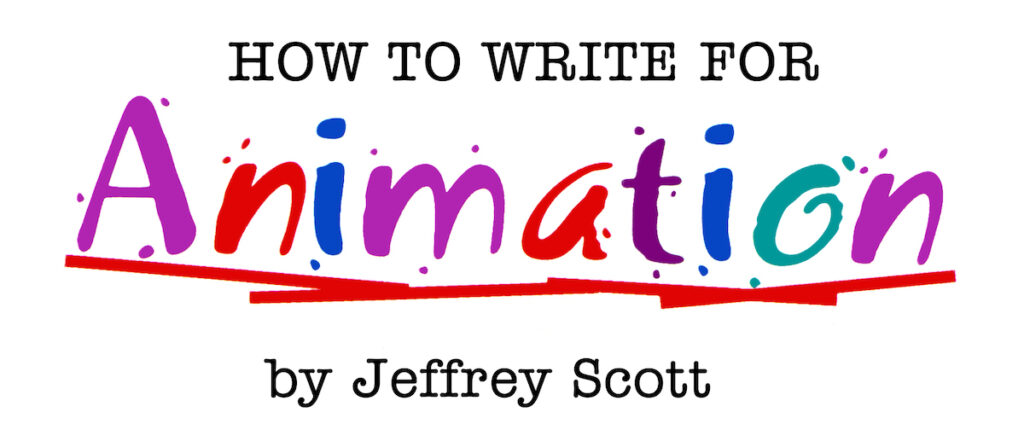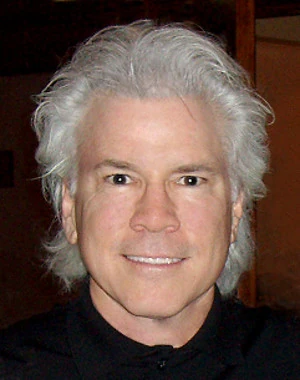
Since Disney’s The Lion King was produced in 1994, feature animation production has exploded around the globe. Every major studio has gotten into the market in a big way, spending anywhere from 70 to 200 million dollars for full-length animated features. The cost of producing a low-budget animated feature currently ranges from $1 million to $20 million, depending on the production quality, animation style, and geographic location of production.
However, before you get too excited and think that there’s a feature out there with a blank “Written By” card waiting for your name, be aware that this is a small and very competitive market for writers. Far fewer animated features are made than live-action features. And although spec animated screenplays (speculative scripts written without prior commission) have been sold and produced, it is far less common compared to live-action films.
Animated films often require significant investment, so bigger studios tend to favor in-house development or concepts from established creators. In a recent online search, the only produced spec animated features I found were Monster House (2006), Gnomeo & Juliet (2011), and Rango (2011). I have to confess to writing a few spec animated features myself. Yet, even as an award-winning writer I have yet to sell one. This is because most animated features are written in house, meaning at a studio under the supervision of executives and creative teams. This is true at all the major studios.
So, if you’ve got your heart set on writing a spec animated feature script just be prepared for rejection. But by all means write it. Someone is going to sell the next animated spec and it might as well be you.
Assuming you’re still interested, there are several things to think about. First you must choose the right story. But before you just dig an idea out of your bulging idea file or dream up something that sounds really cool, think about your audience, because I assure you, the studio exec you’re going to try to sell your script to already has!
I’m not going to tell you that you can’t sell that story you always wanted to write, but if you want to increase the odds of selling your project you have to find a story that a studio will want to buy—and they want to buy what sells.
So, the first thing to do is look at what the public is buying, which brings us back to the audience. There are three distinct audiences for animated features: children, adults, and what is called “crossover”, in which you attempt to appeal to both children and adults, with visuals for the kids interspersed with emotional themes and dialogue that works for adults. The reason most producers want to make crossover features is that animated films are so expensive that they generally have to get a crossover market to make their money back. The liability is that you can sometimes miss the children and the adults and wind up with something in the middle that no one wants to watch. So, before you start writing be sure to determine which audience you are writing for.
©Jeffrey Scott, All Rights Reserved
Jeffrey Scott has written over 700 animated and live-action TV and film scripts for Sony, Warner Bros., Disney, Marvel, Universal, Paramount, Columbia, Big Animation, Hanna-Barbera and others. His writing has been honored with three Emmys and the Humanitas Prize. He is author of the acclaimed book, How to Write for Animation. To work with Jeffrey visit his website at www.JeffreyScott.tv.
Read other articles from this series:
#1 The difference between live-action and animation writing
#3 It all begins with a premise
#4 The secret to developing your story
#5 Finding the scenes that MUST be there
#7 How to easily transform your outline into script
#8 A brief introduction to script writing
#9 How long should your scenes be?
#10 How to (and NOT to) edit your writing
#13 The importance of communication
#17 Assuming the point of view of your audience


